Henna
Henna in ritual used for skin painting, called Mehndi, typically used for special occasions, particularly birth and marriage. The patterns of mehndi are usualy quite intricate and predominantly applied to brides before wedding ceremonies. Western cultures have adapted henna to make temporary tattoos and organic hair dye.
Henna is extracted from a tree by drying and grinding leaves and stems. Its dye is made from the fine powder made by crushing the dried leaf and petals of Lawsonia (Lawsonia inermis), which grows in most countries such as Egypt, Middle East, and India. Various shades are obtainable by mixing with the leaves of other plants, such as indigo. Tea, coffee, cloves, tamarind, lemon, sugar, and various oils are also used to enhance the colour and longevity of design.
It is said that when a bride has mehndi done for her wedding, the darker the design, the more her mother-in-law loves her. A good deeply coloured design is a sign of good luck for the marital couple. It is common for the names of the bride and groom to be hidden in the mehndi design; and the wedding-night cannot commence until the groom has found the names. A bride is not expected to perform any housework until her wedding mehndi has faded (and it is jokingly reputed that some lazy brides may secretly re-do their henna designs to prolong their leisure). While much of the symbolisms of mehndi designs are being lost, some examples remain. The peacock, which is the national bird of India, the lotus flower, and an elephant with a raised trunk, which is a symbol of good luck, are all popular images.
Traditionally, henna designs have special meanings that are combination of the Lord Ganesh, the god of good luck. The designs of flowers and leafs symbolise fertility, and the peacock symbolising love.
There are three main traditions that can be recognized, aside from the modern use of henna as a trendy temporary tattoo. Generally, Indian (Asian) mehndi uses fine lines, lacy, floral and paisley patterns covering entire hands, forearms, feet and shins. Arabic (Middle-eastern) mehndi features large, floral patterns on hands and feet, and African mehndi art is large, and bold with geometric patterns using squares and triangles.
History of Henna
There is some historical evidence that henna originated in ancient India as a ceremonial art form. Others believe that Henna was introduced to India in the 12th century. It is been used for at least 5000 years as a cosmetic and for it's natural healing properties.
Henna as medicine
In many eastern places, an Ayurvedic/Herbal physician uses henna for treatment of heat rash, skin allergies, and to cool the body against intense heat. It is thought to hold special medicinal or even magical properties. It is also used to help heal skin diseases, condition and colour the hair, as well as prevent thinning hair, and cools the skin to reduce swelling in hot climates. It is made into a beverage to heal headaches and stomach pain.
Westernised Henna
In recent popular culture, mehndi is seen as the hottest new fashion accessory among men and women as a temporally pain free body decoration. Western Hollywood personalities adapted to the tradition so that mehndi is an alternative means of tattooing
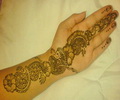 |
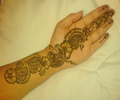 |
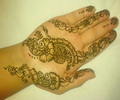 |
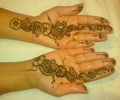 |
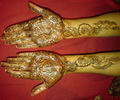 |
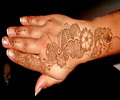 |
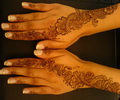 |
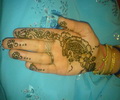 |
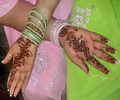 |
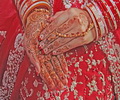 |
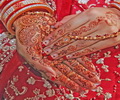 |
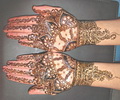 |
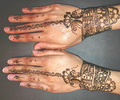 |
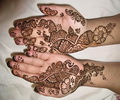 |
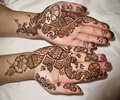 |
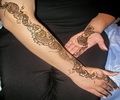 |
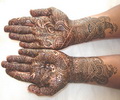 |
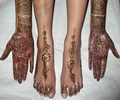 |
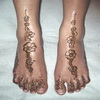 |
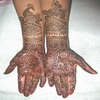 |
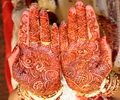 |
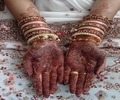 |
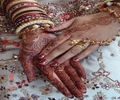 |
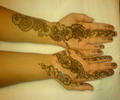 |
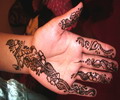 |
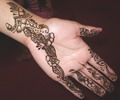 |
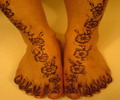 |
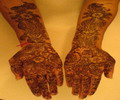 |
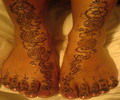 |
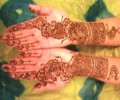 |
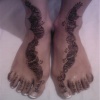 |
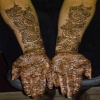 |
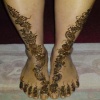 |
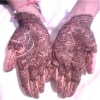 |
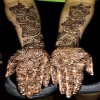 |
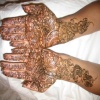 |
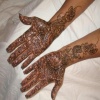 |
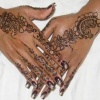 |
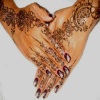 |
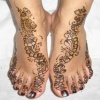 |
||
